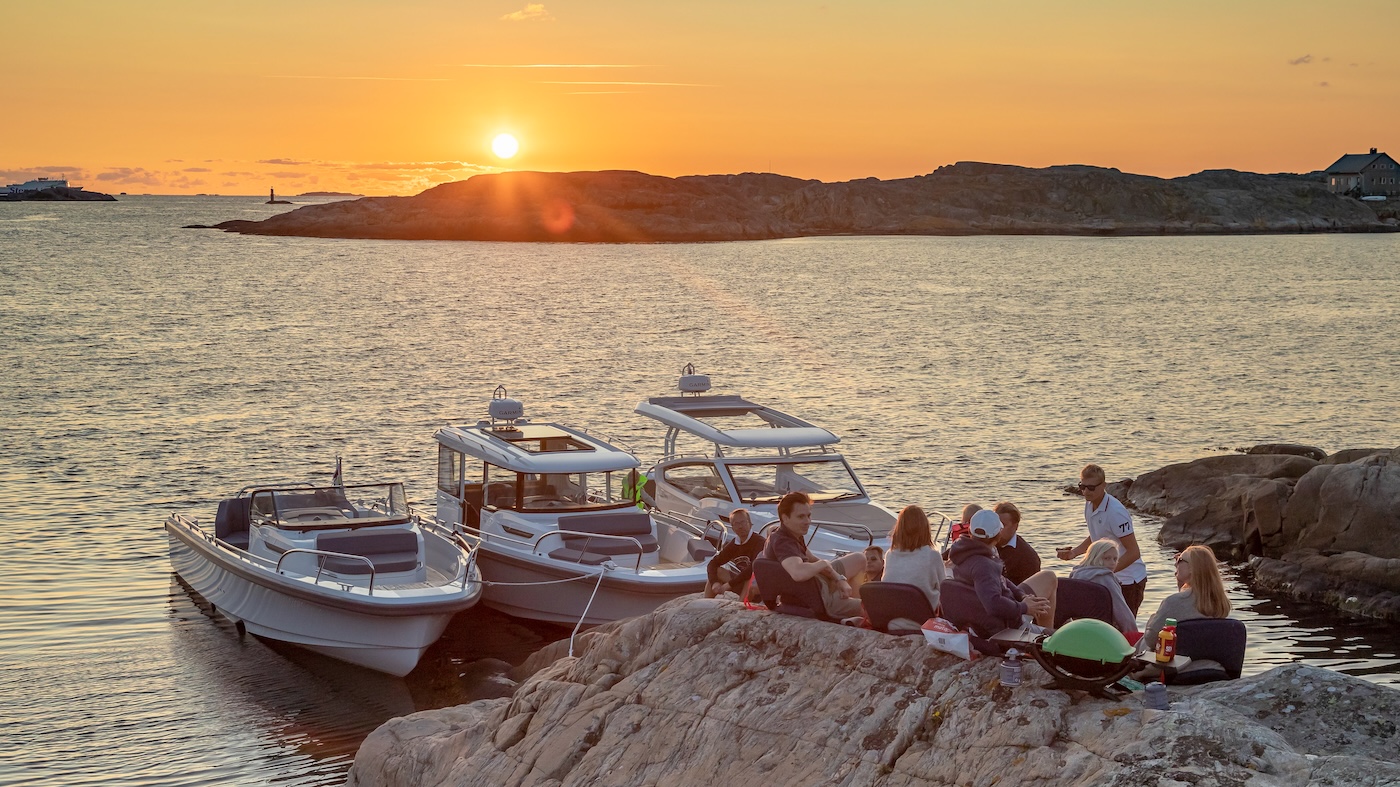Fra i tanti strumenti o gadget elettronici che si hanno a boro il pilota automatico è certamente uno dei più importanti, tanto da esser diventato indispensabile. Sulla barca è quasi un altro membro dell’equipaggio, tanto da meritarsi spesso anche un nome (Guido, è certamente il più gettonato), ma è anche vero che spesso è anche l’ultimo ad essere cambiato o aggiornato. Un po’ perché non è appariscente, nascosto laggiù sotto la timoneria, un po’ perché si impara col tempo a fidarsi di lui, e sembra che meglio di così non possa andare. E invece…

Sulla nostra barca erano già montati da due anni un pilota EV 200 con l’unità di controllo p70 noi ci siamo fatti dare da Raymarine anche un display multi funzione aSeries da 7” (il cui test sarà pubblicato più avanti) e ci abbiamo installato il nuovo software Lighthouse II nella versione R17, il sistema operativo di Raymarine, di cui vi avevamo già parlato , che abbiamo deciso di testare in mare a partire proprio dalla sua interazione con pilota automatico.
Prima considerazione (la premessa): fare l’aggiornamento al nuovo Lighthouse è un’operazione GRATUITA ed estremamente semplice, a prova di super principiante. E’ sufficiente collegare il display alla rete di bordo con la cavetteria del caso ed il software sostanzialmente si installa da solo, gli strumenti si “parlano” immediatamente e l’estrema chiarezza e funzionalità dell’interfaccia rendono l’aggiornamento un gioco da ragazzi, i menu sono infatti intuitivi, le operazioni che portano all’aggiornamento “arrivano da sole”. Insomma, impossibile sbagliare.
Seconda considerazione (la più importante): con l’aggiornamento Guido è un uomo (ops, pilota) nuovo e decisamente migliore.
Ci hanno colpito la precisione e la velocità di reazione. Ora servono, soprattutto, correzioni molto piccole, ne risulta quindi una sensazione di “morbidezza” di conduzione fantastica.
Questo significa non solo consumare meno energia dalle batterie, ma anche un miglior comfort a 
Proprio qui ab
Altra aspetti che, da buoni velisti, ci sono piaciuti, e anche molto, sono da un lato l’ottima interfaccia con la strumentazione del vento (tiene un’ottima bolina), e dall’altro la disponibilità di tutte le nuove funzioni che Raymarine ha dedicato agli appassionati della vela e delle regate, a cominciare dalla ricerca delle giuste lay-line e dalla possibilità di importare le polari.
In conclusione possiamo affermare che abbiamo navigato con uno dei migliori autopiloti sul mercato e che, sopratutto, abbiamo aggiornato gratuitamente, cosa che raccomandiamo a tutti i diportisti perchè la retrocompatibilità è molto ampia, un’altra grande dimostrazione di serietà da parte di Raymarine.
Ricordiamo infine che Lighthouse II nella nuova versione R17, oltre a mantenere le sue caratteristiche di base, tra cui Autorouting da molo a molo di Navionics, SonarChart Live Navionics su MFD, l’App meteo globale GRIB View e il Supporto C-MAP per dati Active Captain, nella nuova release vanta funzionalità aggiuntive come: l’Entertainment Device Control NMEA2000 con integrazione Rockford Fosgate, un più accurato posizionamento del waypoint CHIRP SideVision, miglioramenti di Digital Switch e nell’interazione con Fusion Link.













